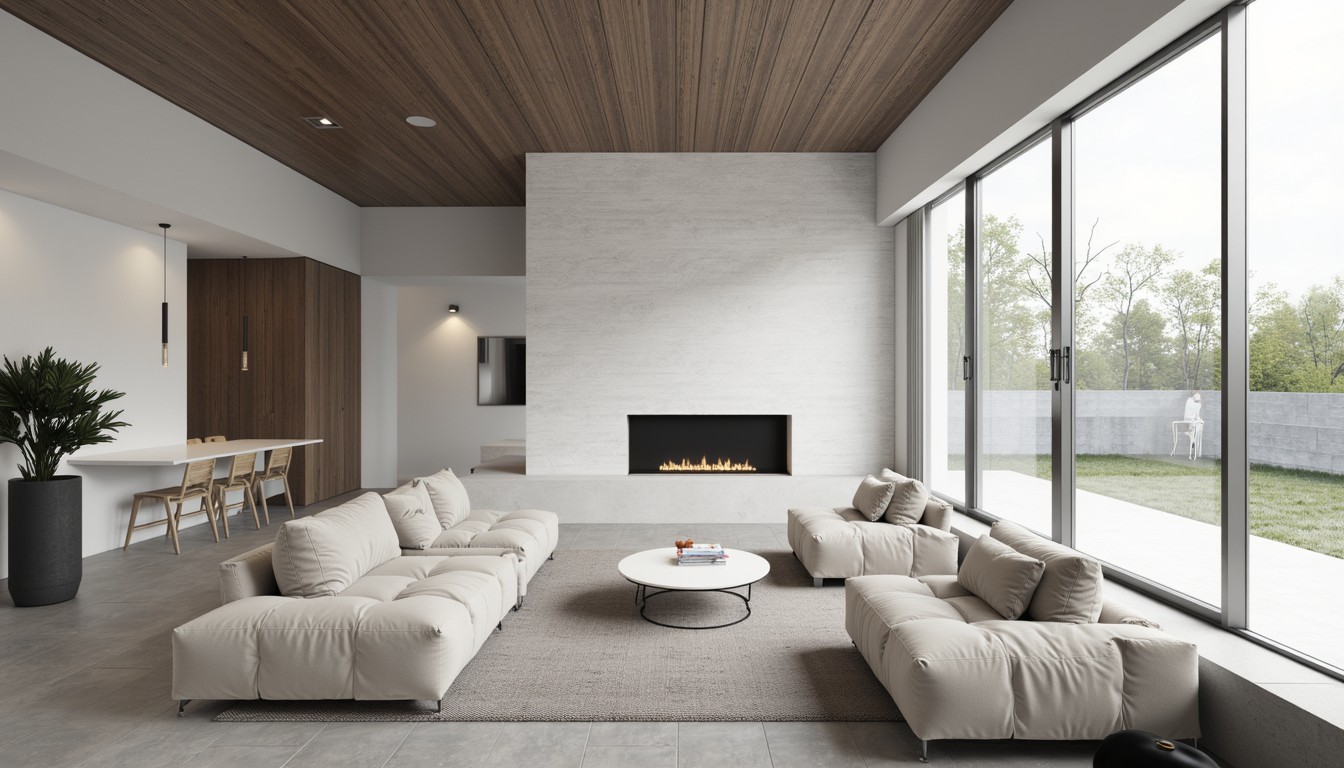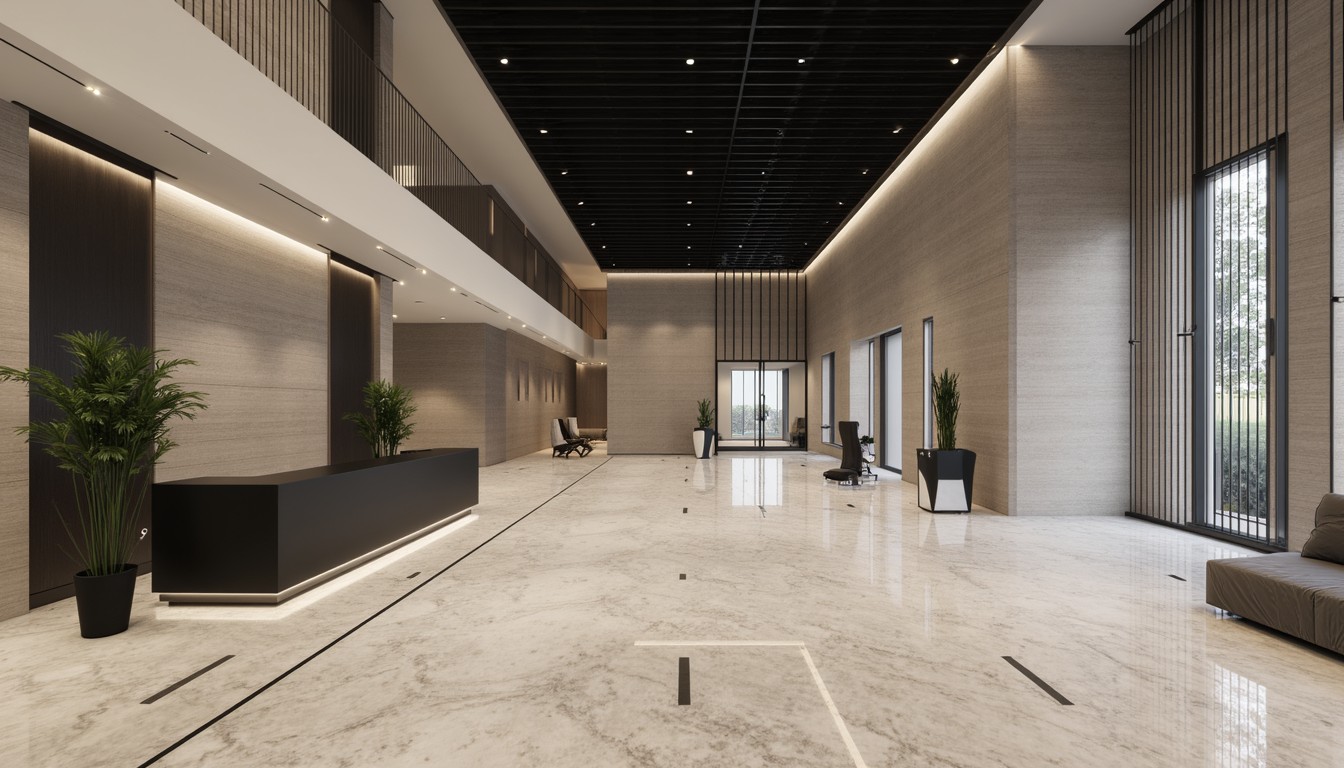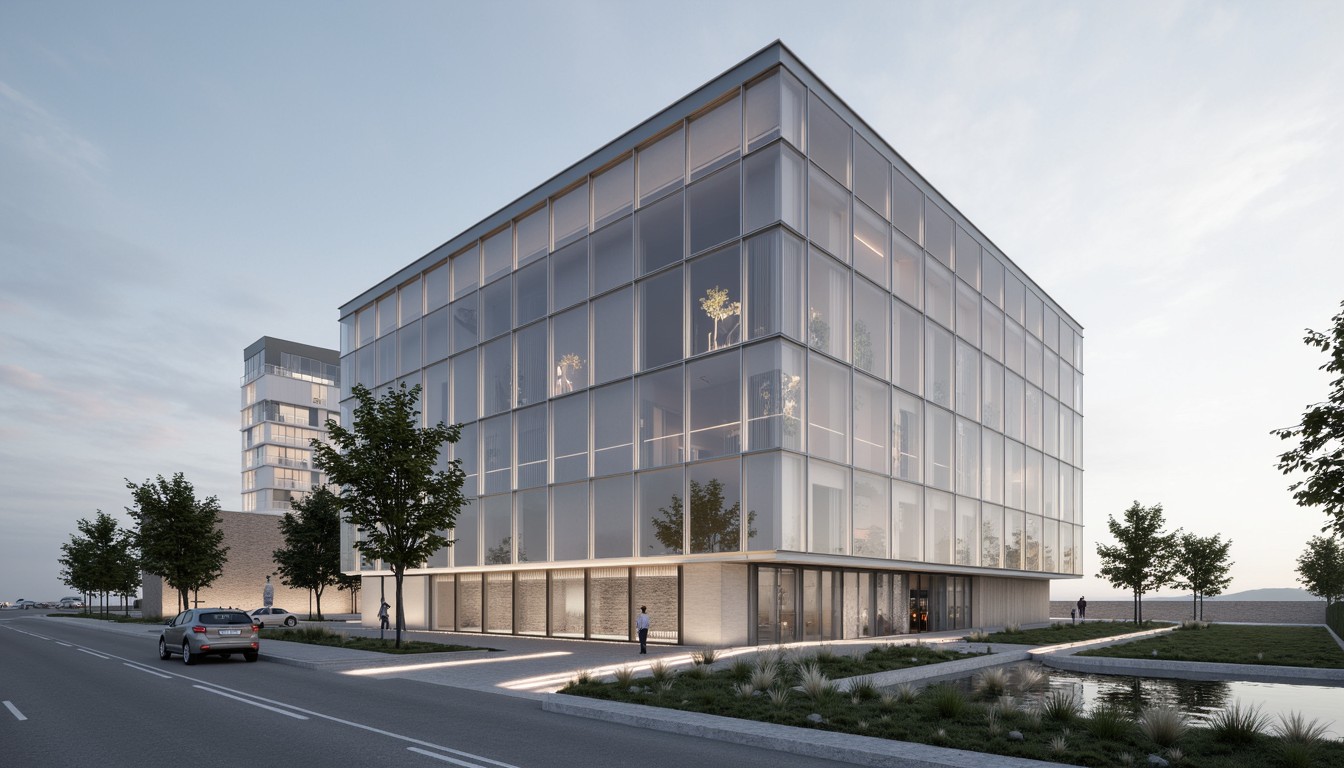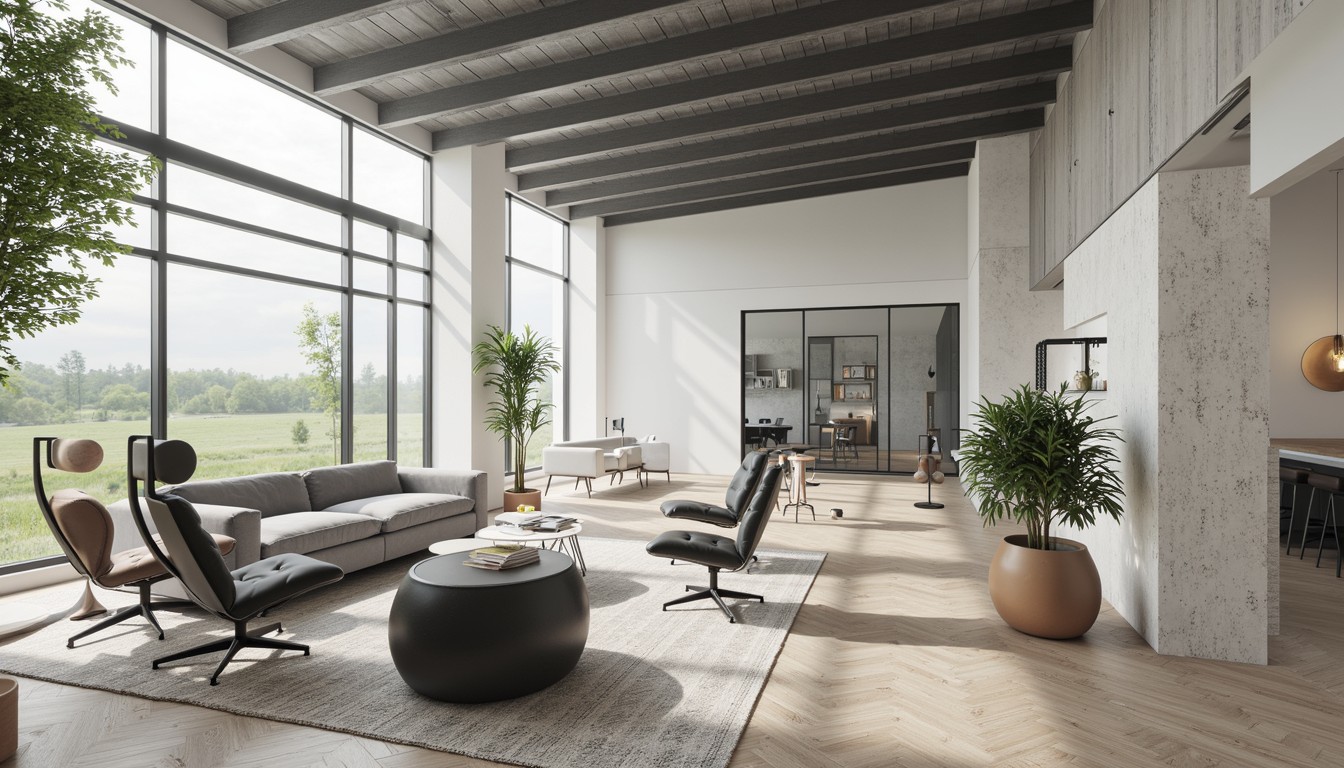AI-Powered Space Planning: A Design Revolution
The architectural landscape is undergoing a significant transformation, driven by the rapid advancements in artificial intelligence (AI). One area experiencing a particularly profound impact is space planning – the crucial process of optimizing the layout and functionality of a building's interior. AI-powered space planning tools are no longer a futuristic fantasy; they are rapidly becoming indispensable assets for architects, designers, and developers, streamlining workflows and unlocking unprecedented creative possibilities.
The Limitations of Traditional Space Planning

Traditional space planning methods, often reliant on manual drafting, spreadsheets, and iterative revisions, are inherently time-consuming and prone to errors. The process can be tedious, involving countless hours spent on calculations, adjustments, and revisions to accommodate changing requirements. Furthermore, traditional methods struggle to effectively explore a wide range of design options, potentially leading to suboptimal solutions. The lack of real-time feedback and visualization further complicates the process, delaying project completion and increasing costs.
How AI is Revolutionizing Space Planning
AI-powered space planning software leverages machine learning algorithms and advanced data analysis to automate many aspects of the design process. These tools can:
- Analyze spatial data: AI algorithms can process vast amounts of data, including building codes, client requirements, and existing site constraints, to generate optimal layouts.
- Generate multiple design options: Unlike traditional methods, AI can quickly explore numerous design possibilities, presenting architects with a diverse range of options to choose from.
- Optimize space utilization: AI algorithms can identify the most efficient use of space, maximizing functionality and minimizing wasted area. This is particularly valuable in projects with limited space or specific functional requirements.
- Predict potential problems: AI can identify potential design flaws or conflicts early in the process, preventing costly rework and delays later on.
- Integrate with BIM software: Many AI-powered space planning tools seamlessly integrate with Building Information Modeling (BIM) software, enhancing collaboration and data management.
- Create 3D visualizations: AI can create realistic 3D renderings of the proposed designs, allowing clients and stakeholders to visualize the space before construction begins.
Real-World Applications of AI in Space Planning

The applications of AI in space planning extend across various sectors, including:
- Residential design: AI can help create personalized floor plans tailored to individual client needs and preferences, optimizing space for different lifestyles and family sizes.
- Commercial spaces: AI can improve the efficiency of office layouts, maximizing workspace and optimizing traffic flow to increase productivity.
- Healthcare facilities: AI can help design hospitals and clinics with efficient workflows and optimized patient flow, improving patient care and operational efficiency.
- Educational institutions: AI can aid in the design of schools and universities with flexible learning spaces that adapt to changing pedagogical approaches.
- Retail spaces: AI can optimize store layouts to enhance customer experience and boost sales by analyzing customer traffic patterns and product placement.
Benefits of AI-Powered Space Planning
Adopting AI-powered space planning offers several significant advantages:
- Increased efficiency: AI automates many time-consuming tasks, freeing up architects and designers to focus on creative aspects of the project.
- Improved accuracy: AI minimizes errors and inconsistencies, ensuring that the final designs are accurate and compliant with relevant regulations.
- Enhanced creativity: AI provides architects with a wider range of design options, stimulating creativity and innovation.
- Reduced costs: By streamlining the design process and minimizing errors, AI can help reduce project costs and accelerate project completion.
- Better client satisfaction: AI allows for greater client involvement in the design process, leading to improved client satisfaction.
The Future of AI in Space Planning

The future of AI in space planning looks incredibly promising. We can anticipate further advancements in:
- More sophisticated algorithms: AI algorithms will become increasingly sophisticated, capable of handling more complex design challenges and generating even more creative solutions.
- Improved integration with other technologies: AI will be further integrated with other technologies, such as virtual reality (VR) and augmented reality (AR), to create immersive design experiences.
- Greater accessibility: AI-powered space planning tools will become more accessible and user-friendly, empowering a wider range of professionals and even individual homeowners.
ArchNav: Your Partner in AI-Powered Space Planning
At ArchNav, we are at the forefront of this exciting revolution. We leverage the power of AI to deliver cutting-edge architectural visualization and space planning services. Our team of expert architects and AI specialists utilizes the latest technologies to create innovative and efficient designs that meet the unique requirements of each project. Contact us today to learn how ArchNav can help you transform your space planning process and unlock the full potential of AI in your next project.
